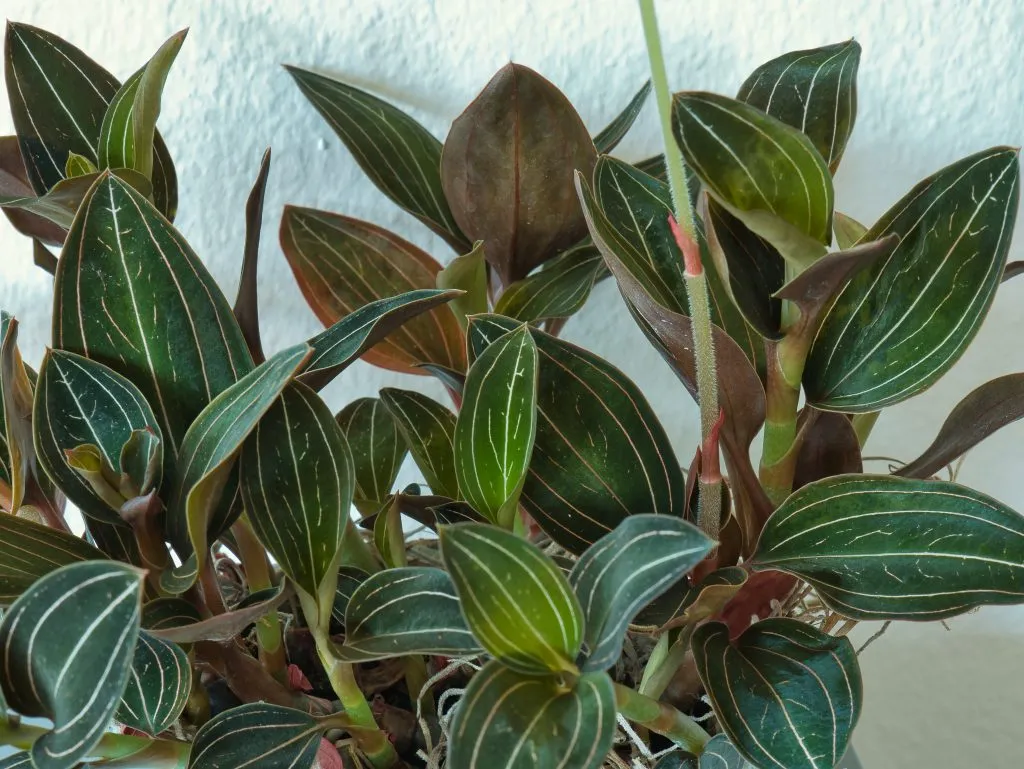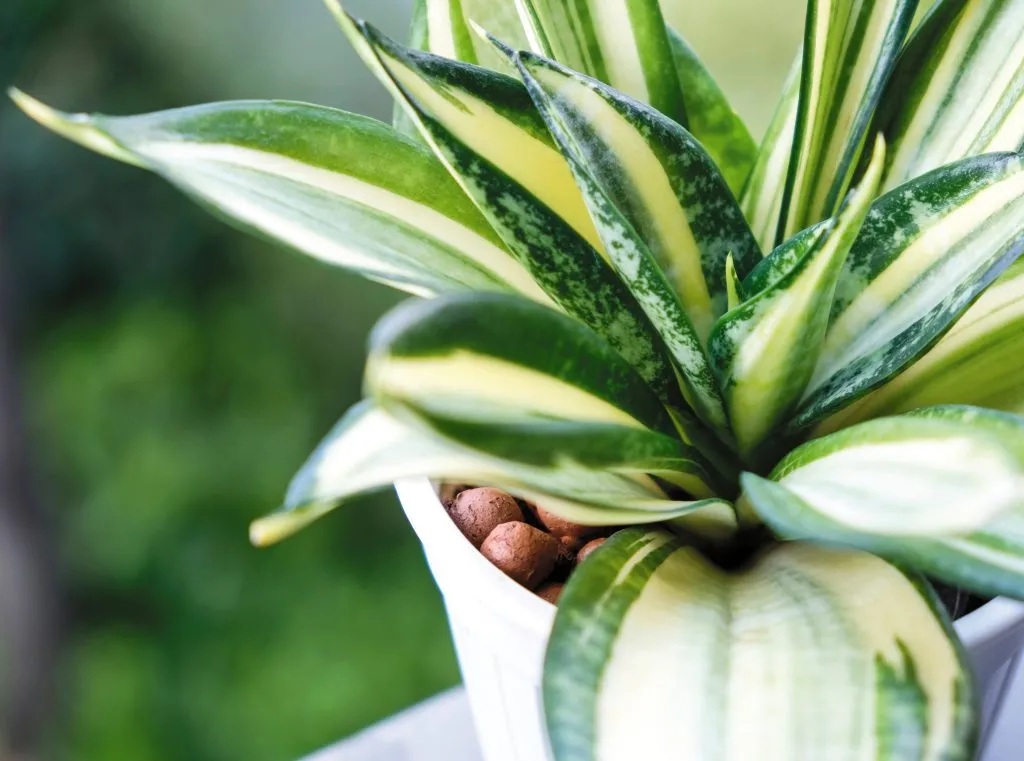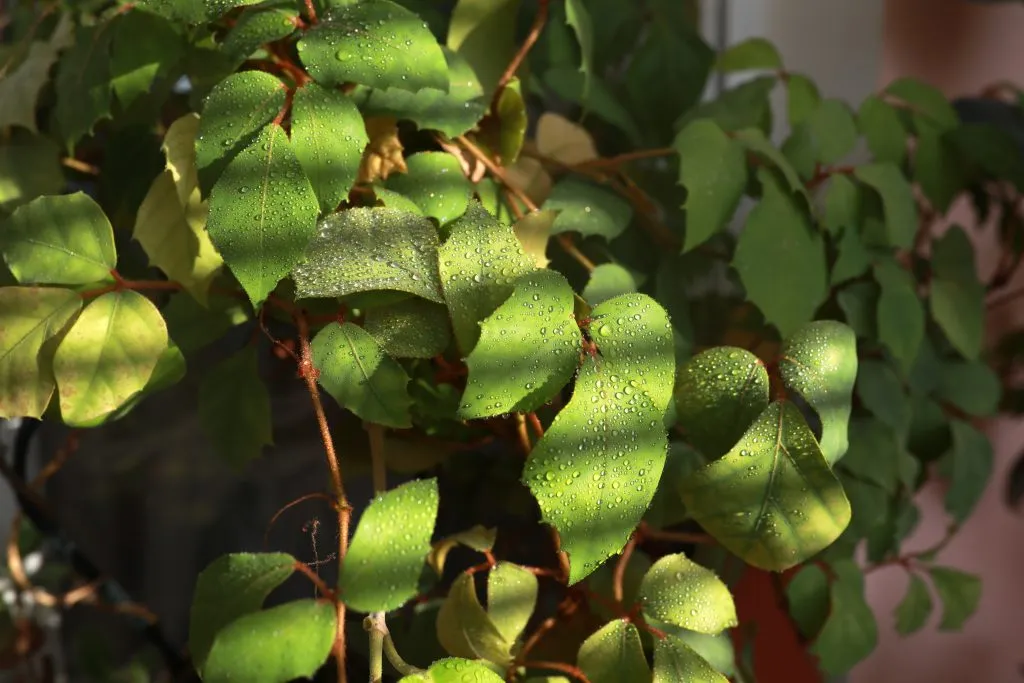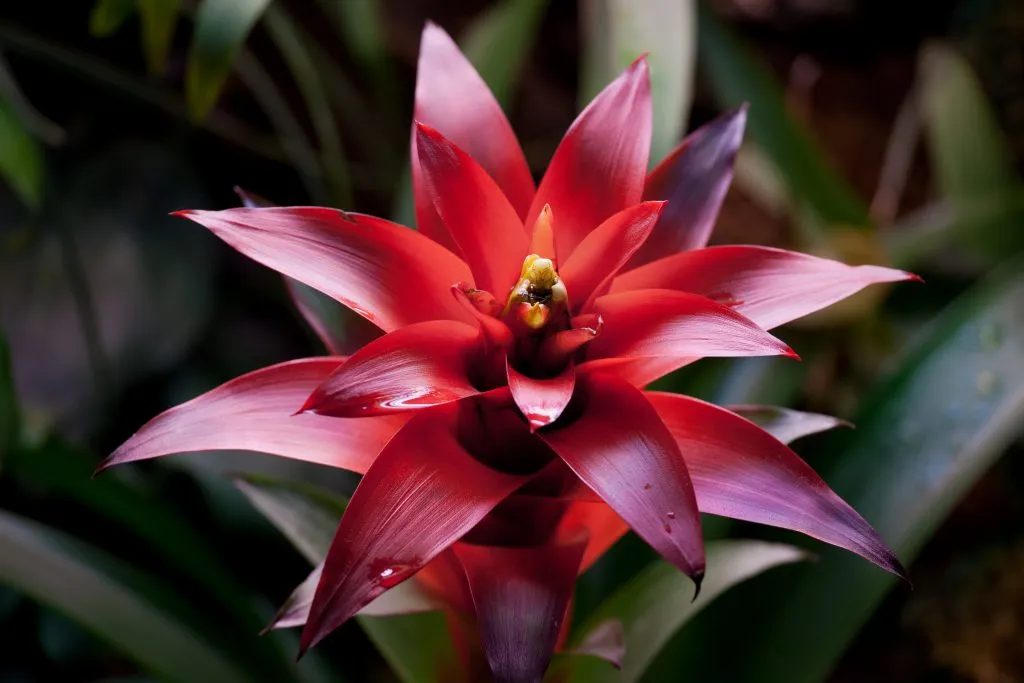
Anoles are a popular reptile for beginners and young children thanks to their small size, activeness, and sometimes cheeky nature. If you’ve just added an anole lizard to your reptile collection, you’re probably wondering what plants you should use in your terrarium.
Live plants are an excellent choice for an anole terrarium. The best plants for your terrarium are Orchids, Sansevierias, Grape Ivy, Bromeliads, Pothos, and Philodendron. Avoid using plants that are sharp, toxic, or contain pesticides and other chemicals.
Choosing the right plants for your anole terrarium is important. In this guide, you’ll learn which are the best plants to use, where to place them, and how to care for them.
Table of Contents
The 6 Best Plants For Your Anoles Terrarium
Anoles are tropical lizards that need to live in a damp and humid environment, which is why their terrariums need to be filled with plants, branches, and shrubbery.
Not only does this keep their terrarium moist and humid, but anoles can be quite shy at times and like a place to hide. Providing enough shrubbery will allow them plenty of dark places to hide and sleep.
When choosing what plants to use, live house plants make a great choice. Avoid using plants that have sharp points, as these can hurt your anole, and avoid using plants that are toxic or full of pesticides.
Before planting your live plants, make sure the floor of the terrarium is covered in a layer of an appropriate substrate like this one for proper root growth and drainage.
Here are the six best plants to use in your anole terrarium.
Jewel Orchids (Ludisia discolor)

There are many different types of orchids that you can use, but the best type of orchid that you can use in your terrarium is the Jewel Orchid.
The leaves are quite brittle, which makes it a great option for smaller anoles to climb on.
What makes the orchid a popular plant for anoles is the sweet, sticky sap that is produced by the orchid. This sap is known as honeydew, and anoles enjoy licking up this sap from the flower and leaves.
The Jewel orchid should not be placed in direct light and prefers low light. A good place to plant this orchid is away from exposed glass and somewhere hidden underneath leaves and shrubbery.
Unlike other orchids, this orchid is pretty forgiving with overwatering, within reason. A good watering routine to stick to is to give it a light misting every day to ensure the leaves are never dry.
Snake Plants (Sansevierias)

Snake plants are a popular choice for many humid reptile terrariums because they are very low-maintenance and have tall leaves that provide lots of cover for anoles.
You should, however, be aware that snake plants can grow quite tall with large leaves, so ideally, you should use them in larger terrariums unless you are happy to regularly trim the leaves.
You can place this plant towards the back of the terrarium as a backdrop. Caring for this plant is super easy. All you need to do is make sure you provide a regular misting of water each day.
Grape Ivy (Cissus rhombifolia)

Grape Ivy is a non-toxic vine that is great for your anole’s terrarium, especially as it is a medium to low-light plant.
Avoid placing this vine near the heat lamp or full sunlight, as its ideal temperature is between 68 and 82 degrees Fahrenheit. This means you should place this plant in the cooler area of your terrarium, which should be the bottom.
Make sure that there is plenty of water drainage and that you are not overwatering. A fine misting of water daily is sufficient.
Bromeliads (Neoregelia sp.)

No anole terrarium is complete without bromeliads. These tropical plants are known to grow in highly humid environments, making them a perfect fit for your terrarium.
Some bromeliads will require a decent amount of air circulation, like open-top terrariums, which are not suited for adventurous anoles.
The Cryptanthus bromeliad is a good choice as it thrives in a particularly damp and humid environment and is known to retain a lot of water.
Make sure you place the bromeliad in a spot where it gets both natural light and shade.
Pothos (Epipremnum aureum)

Pothos is a vine that is also called Devil’s Ivy but don’t worry, as this ivy is perfectly safe for your anole!
This ivy earned its name because it’s practically indestructible and perfect if you don’t have a green thumb but still want to grow plants in your anole’s terrarium.
Pothos is a low-growing vine that, once planted, will grow rapidly and offers your anoles plenty of coverage to relax under and climb.
Also read: The best tank mates for green anoles!
As this plant likes high humidity levels and can withstand high temperatures of 90 degrees Fahrenheit, you can place it near the top or bottom of your terrarium.
Just make sure it is getting enough natural light and that you are giving it a light misting of water daily.
Philodendrons

Philodendrons are great plants for indoor terrariums and anoles because they thrive in a humid and moist environment.
They’re also a really great choice if you’re just getting into planting and growing live plants in your terrarium. Their large leaves offer plenty of shade for other plants like Jewel orchids and low-lying shrubbery.
These plants can be placed in bright and low light. If you want them to grow faster, you need to expose them to brighter light. It’s best to place these plants at the bottom of the terrarium, where it is slightly cooler.
While this type of plant does enjoy a damp and moist environment, be sure that you do not overwater them.
Enclosed terrariums are a good fit because they naturally retain moisture without you having to worry too much about watering them.
Conclusion
Choosing the right plants for your anole is super important as the plants help maintain humidity as well as provide a place for them to hide and climb.
Plants that handle humidity are an excellent choice, provided that they are non-toxic and chemical-free.
- Enchi Ball Python: A Unique and Stunning Morph of Python regius - March 27, 2025
- Emerald Tree Monitor: The Enigmatic Green Guardian of the Rainforest - March 26, 2025
- The Egyptian Cobra (Naja haje): A Fascinating Serpent - March 25, 2025
